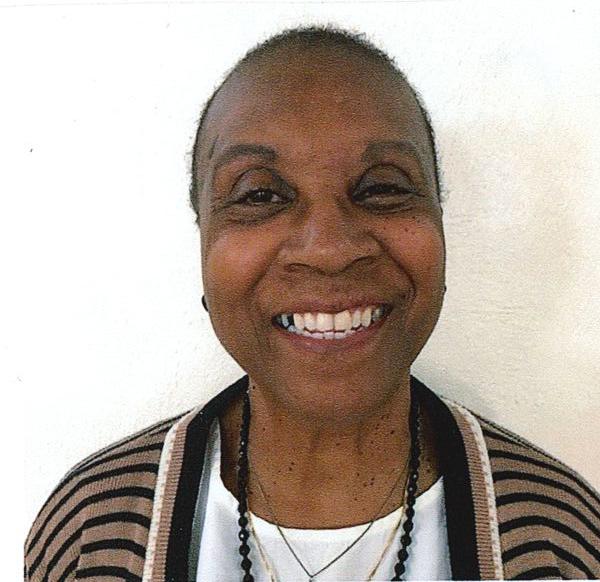
by Cynthia Bailey, Grand Rapids Dominican Associate
“Environmental justice embraces the principle that all people and communities have a right to equal protection and equal enforcement of environmental laws and regulations.” ~ Dr. Robert Bullard
I have been educating myself for the past few years about the connection between climate and racism. From Al Gore’s The Climate Reality Project training and anti-racism courses from the University of Colorado, Boulder I came to better understand the relationship between racism and environmental injustice and inequality.
I learned that African American environmentalist Dr. Robert Bullard is known as the father of environmental justice.
Dr. Bullard was honored in 2020 by the United Nations Environment Program (UNEP) with its Champions of the Earth Lifetime Achievement Award. He found “race to be more important than socioeconomic status in predicting the location of the nation’s commercial hazardous waste facilities.”
Quoting directly from Dr. Bullard’s web site: “Race and class still matter and map closely with pollution, unequal protection, and vulnerability. Today, zip code is still the most potent predictor of an individual’s health and well-being. Individuals who physically live on the “wrong side of the tracks” are subjected to elevated environmental health threats and more than their fair share of preventable diseases. Still, too many people and communities have the “wrong complexion for protection.” Reducing environmental, health, economic and racial disparities is a major priority of the environmental justice movement.”
Dr. Bullard has proved that African American children are five times more likely to have lead poisoning from proximity to waste than white children.
Paying Attention In Our Own Backyard
According to this 2017 article, the Grand Rapids zip code 49507 has the highest level of lead paint poisoning affecting children in Michigan; even more than children affected by the Flint water crisis.
Lead poisoning is a very real hazard for children living in pre-1978 housing. Lead poisoning rates in Kent County, Michigan are twice the national average.
I will continue to pay attention, to study, to pray.

